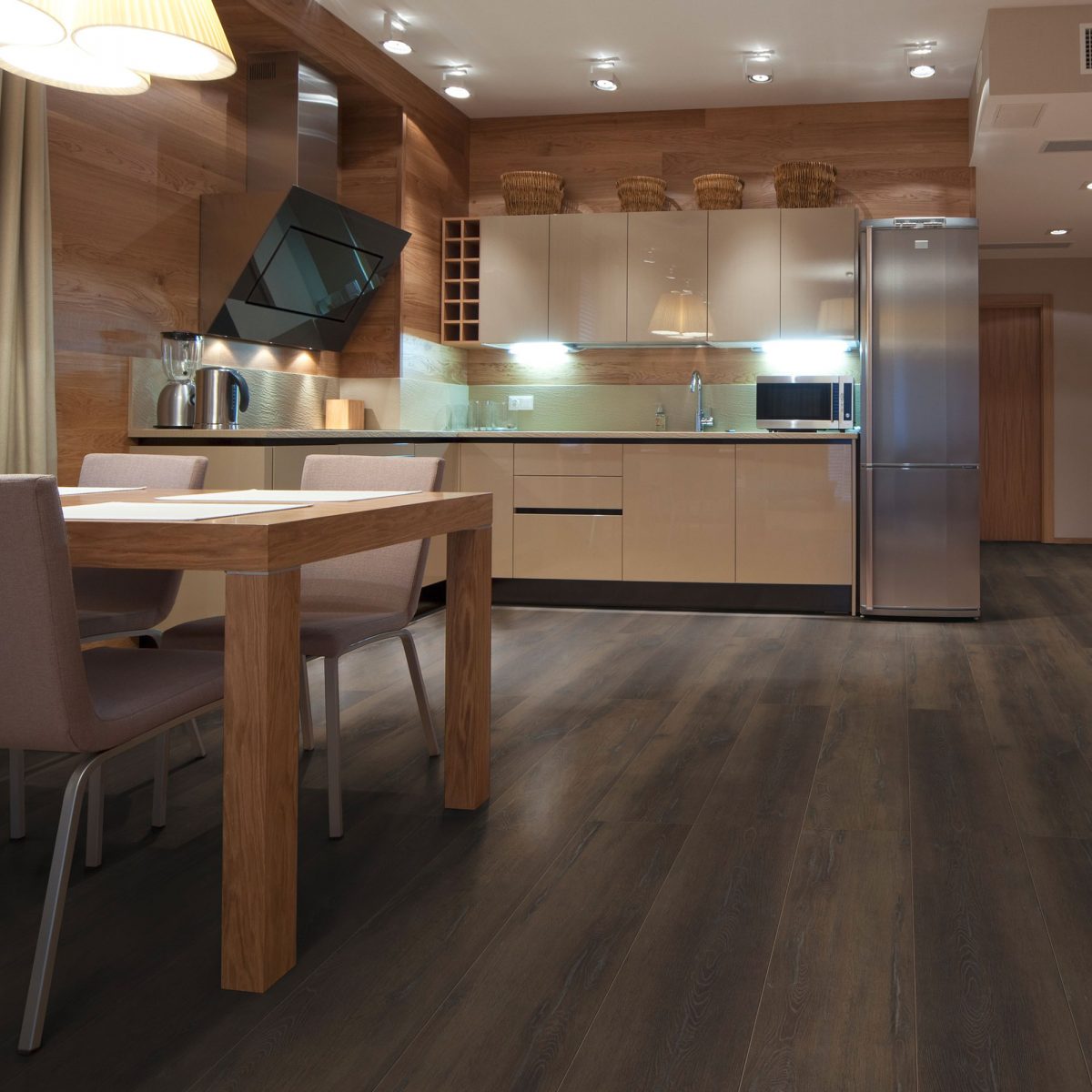Historical Trends in Flooring Widths and Lengths: Function and Design

We have an inclination for history at Real Wood Floors. Also, no preferred spot to talk history over when you examine the past of hardwood flooring.
We’ve discovered that when investigating this history, what started as capacity offered approach to plan. At that point, what became configuration projected a retrogressive look to the capacity (and style) of the customary wood floor.
In the mid 1900s, wood flooring was useful and basic, and surely not a structure highlight.
To deliver flooring as of now, amble factories cut sheets into two essential widths: 2 1/4 and 1/2 inches.
These estimations were an aftereffect of the processing procedure. Timber was cut from a 3″ by 1″ board to produce a 2 1/4″ board (basically a two-by-four).
Given that a few sheets were less than 3 inches, factories cut these littler sheets into 1/2″ strips (“strip flooring”). Ordinarily produced using red or white oak, it gave another ground surface choice to shoppers at the turn of the twentieth century.
Over the US after World War II, many construction regulations changed. Up to that point, developers built homes principally with block, however guidelines were changed as a decent number of purchasers needed a uniqueness to their homes, not quite the same as the urban scene. Thusly, more homes were worked with wood and shingle siding.
Manufacturers started setting down compressed wood over floor joists, which gave workplaces and property holders a basic subfloor. Presently shoppers could include floor covering, tile, or tile—with cover the head and shoulders’ decision over the rest. Too, there was a touch of glory with cover since it brought a cost, and different property holders knew about that.
As a result of this new structure decision, wood flooring left style for the new prevailing fashion of rug.
During the 1980s numerous individuals got baffled with the cleaning support that accompanied floor covering. It was regularly hard to evacuate recolors or wipe out foul scents, especially if pets meandered the house. They required another ground surface decision. As of now numerous brave people bought exquisite more established homes to redesign or reestablish, and they fired tearing up old rug to uncover and feature a conventional genuine wood floor.
Both disappointed rug proprietors and home renovators by and by went to wood flooring as a practical choice for their necessities. Not at all like the past, the wood floor didn’t should be auxiliary per construction laws, so wood flooring took on an embellishing job. While a few customers adhered to the conventional width of 2 1/4, or even 3 1/4, others needed new structure choices, for example, bigger board measurements, hues, and surfaces.
The ground surface makers started to satisfy purchaser need by cutting sheets more extensive, and wide deck turned into a pillar as a structure highlight.
Mortgage holders’ craving for more extensive floors made an extraordinarily wood-natured issue, especially in the South.
The bigger planks of flooring began to move, and shoppers found gapping in their floors. This occasional gapping happens ordinarily in winter with changes in the home’s temperature and relative mugginess; the dry air makes wood psychologist, and afterward damp summer air causes it to grow. (Figure out how to ensure your floor.) Manufacturers had an answer: a built floor. With its inception during the 1970s, the built floor had a standard width of 5 inches, and its layered wood configuration didn’t permit as much development and constriction as customary sections of flooring.
With no requirement for auxiliary concerns, the present buyers can concentrate on structure.
For both strong wood and built ground surface, wide widths are famous for various reasons. Wide sheets can make the appearance that a space is bigger than it really is. Surface and bunches, the core of the wood, give customers a one of a kind, delightful floor. House of prayer grain (curves in the wood) offers still another fascinating stylish property that one can’t get in tight sheets. You can see these live-sawn highlights in our exemplary assortment, Brick and Board.




